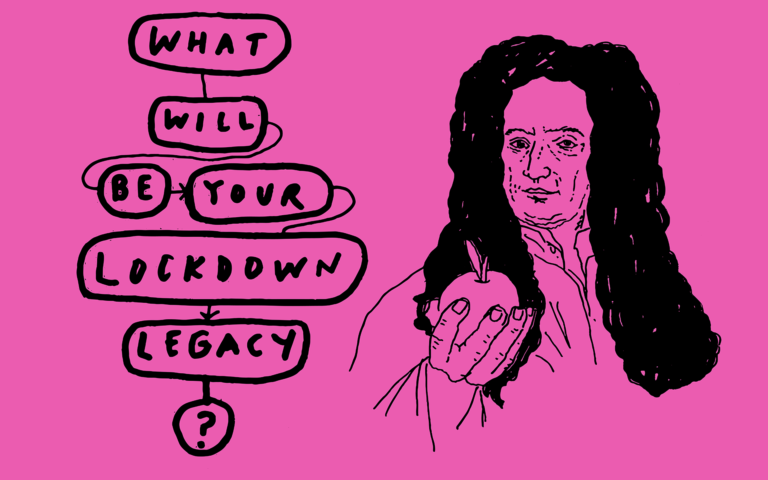What pandemics teach us about challenger brand positions
The biblical tale of David and Goliath is often evoked when talking of challenger brands. Like Goliath, the established competitors have all the perceived advantages. They are well known, often springing instantly to mind when customers think of the category. They have wider and more established distribution channels. Their established customer base provides them with recurring revenue and profits to reinvest in maintaining their dominance.
Yet challenger brands can and do overcome the odds. The vacuum cleaner market is a classic example. One brand’s association with the category was so strong it had become a verb: to hoover. Yet in 1979 James Dyson began working on his first design for a bagless ‘hoover’ going on to make thousands of prototypes. He experienced countless failed licensing and distribution deals – including with Hoover themselves. But eventually he succeeded and the rest, as they say, is history.
A crucial ingredient in achieving success as a challenger brand is word-of-mouth. Without the advantage of big advertising budgets to buy awareness, underdogs are reliant on news of their brand spreading virally through culture. It’s like the R value that Coronavirus has made famous. R is the average number of people that one sick person goes on to infect. The crucial tipping point is an R of 1, when one ill person infects one other. Below 1 and the virus will die out but the higher it gets above 1 the faster it will spread. Challenger brands need their R value to be as high as possible.
The problem for many challenger brands is that they don’t have a world-beating technological breakthrough. While Dyson faced huge challenges bringing his innovation to market, once he did the product’s advantages were so compelling that word spread rapidly. It’s also easier to achieve a high R value for a physical product. One of the reasons for the original iPod’s success was the white earphones. In a world where everyone else was wearing black earphones, iPod owners got noticed.
New markets are currently being opened up to challengers through government policy, most notably banking and energy. Ecommerce is also creating new opportunities, with even the mattress market being upended by new challengers. The problem in these sectors – particularly with services - is that consumption is often conspicuous. Who knows which banks their friends use or who their neighbour’s energy company is? This is where position becomes so crucial to achieving a high R value.
An idea
Position is about two things: idea and personality. Challenger brands need to find an idea to put at the core of their organisation, product or service that strikes at the heart of their competitors’ weakness. They need the equivalent of David’s sling shot to the centre of Goliath’s forehead. The energy market is a tough nut to crack for challengers. The product is fundamentally a commodity – regardless of who you buy your gas and electricity from, it’s the same stuff that comes down the pipes and wires. Customer experience is a potential opportunity, but how important is this when you deal with your supplier once in a blue moon? Price is therefore very important, but most brands are trying to avoid taking a price position to maintain their margins. What’s interesting is the number of brands who have taken an environmental position. This feels like a potent position for challenger brands in this industry.
Expressed with personality
This brings us to the other side of position, the personality with which the idea is expressed. If the idea is what you say, personality is how you say it. It’s the charisma that makes the words moving and memorable. The challenger bank Monzo is interesting. Although their app is probably slicker and their customer service different, arguably there’s not a huge amount separating them and a traditional bank; except that Monzo are cool and others are stuffy. Monzo’s coral-coloured debit-cards, youthful tone, digital-first approach and army of micro-investors makes them feel very different. This is something the environmentally focused energy challengers could learn from. Their environmental position may be strong but often the way they express this lacks personality.
Of course, the lessons of this article aren’t just for challenger brands. Established brands need to take heed and think about how they can apply the same principles to defend their positions. For challenger brands and established competitors alike, position can turbo charge their R value.
— RG
Click below to download your Ignition Calculator
Download
Are you positioned for the recovery?
In a world of social distancing and enforced remote working, brands that find new opportunities to keep going will emerge from this economic black hole ahead of their competitors. We believe that now more than ever, position is a rocket that will fly you to the moon.

POV*: How to unearth a position
Positioning is about finding a simple, powerful expression of everything the brand or organisation is about. And then putting this at the heart of everything. Here are our 15 pieces of advice for how to find one.


